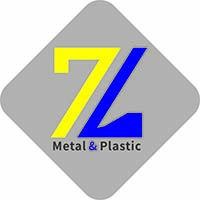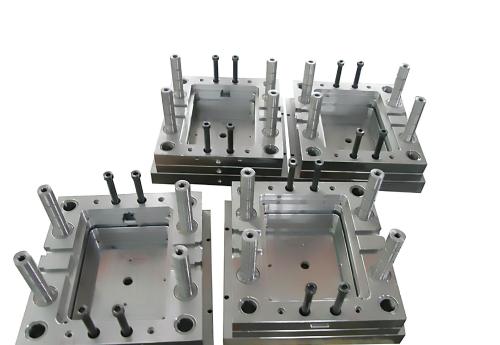Usually, the mold is made up of mechanical zero, component, general and functional components. Therefore, the overall structure design method and principle, the method and principle of general mechanical design are basically the same. However, because of its function and function, even the metal and nonmetallic materials are processed into qualified parts, and each mold can only be used for the processing of a specific component. Special sex is a kind of special molding tool. Therefore, the mold design has the following characteristics and requirements:
1. Accuracy and positioning
The concept and consciousness of precision is the basic concept and consciousness that the mold designer must establish. The mold precision includes the overall combination of the mold and the position of the components and the precision, the precision and the positioning accuracy. Such as the stamping gap value of the die and the uniformity, the plastic injection mold, the positioning and the orientation precision of the mold, all need to be the shape, the position accuracy, and the precision .The location and the precision guarantee of the orientation device.
Therefore, it is necessary to design and calculate the precise size precision in the mold design. At the same time, it is necessary to consider the manufacturing process and precision of the components, so as to ensure the precision and reliability of the mold. Due to the application of precision manufacturing technology, the precision of shaping work parts can be achieved without error.
2. The guide to the mold
The direction of the direction of the mold movement is guaranteed by the guidance device. At the same time, the orientation device has the function of positioning of the mold gap. The guidance device is commonly used: the guide and the guide device of the guide. Mainly used for large die, the slider and the guide of the guide; The Dao guide of the stamping mold.
The direction of the direction of the mold movement, because of the secret orientation and precision positioning, the requirements of high precision, guidance stiffness, and so on, often use a positioning orientation.
3. ejection design
The ejection structure and mechanism design of plastic injection mold and die-casting die, the unloading structure and mechanism design of punching die, and the core pulling design are also the key technologies for the overall design of dies.
4. Cooling system design.
The feed and safety mechanism design of the die, the design and cooling system design and the cooling system design are the key techniques for the design of the mold. Some parts and components are used to form standard products so that users can choose in design.
5. Support and fastening.
The frame is the main supporting component of the mold. The frame is divided into the module and the down, which is fixed in the mold seat, and its accessories and the die and its accessories, which are also set up in the mold of the mold and plastic mold. The mold seat is also the supporting component of the feeding mechanism and the core pulling. On the other hand, the supporting parts for the punch plate, the fixed plate and the unloading board, the cushion, the supporting board, and the fixed plate of the top rod are the standard supporting parts. The mold is fixed and connected with two kinds of rigidity and elasticity.
Post time: Mar-27-2018


